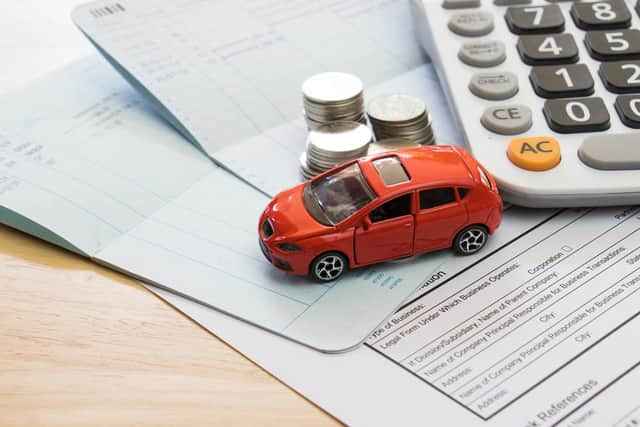Car insurance groups explained: what they are and why they affect your premiums


Whether you own a mainstream supermini, a premium sports car or the last word in luxury motoring, the one thing all drivers have in common is the need for car insurance.
There to protect us and others in case of crashes, theft and other malicious or accidental acts it’s one of the biggest regular expenses for motorists. But the cost varies dramatically depending on everything from a driver’s age to where they live.
Advertisement
Hide AdAdvertisement
Hide AdOne factor which has a huge impact on insurance costs is a vehicle’s insurance group but recent research has found many people struggling to understand the intricacies around the different groups.
To help, we’ve spoken to Dan Hutson, head of motor insurance at comparethemarket.com, to answer some of the most commonly searched-for queries.
What are car insurance groups?
An industry-wide insurance advisory service, Thatcham Research, administers the Association of British Insurer’s (ABI) Group Rating system. They score all makes and models of cars into the different insurance groups.
The higher the group, the higher your car insurance premium is likely to be. Cars in the higher groups tend to be top-of-the-range models, those that would be expensive to replace or repair, or those that are more often targeted by thieves. Generally speaking, if your vehicle falls into the low insurance group cars category, you’ll pay a lower premium – something to bear in mind if you’re looking for a new car.
How do car insurance groups work?


Advertisement
Hide AdAdvertisement
Hide AdVehicles are placed in each of the car insurance groups based on their scoring across a range of categories. These include their price, power, safety, and security features, as well as things like the cost of repairs, should the vehicle get into an accident.
They also take an internationally recognised crash impact test, to determine the vehicle's damage resistance, and the cost required to repair the vehicle to its previous condition. The groups are used to determine the level of risk to insurance providers. The greater the risk, the higher the group number it belongs to, while lower-risk vehicles will belong in the lower groups.
How many car insurance groups are there?
There are 50 car insurance groups, with each car’s group determined by their scoring on a wide range of categories.
What insurance group is the cheapest?
Every car is put in one of 50 car insurance groups by the Group Rating Panel. Insurance providers can use the panel’s recommendations or their own grouping system to set their prices. Vehicles in insurance group 1 are the cheapest cars to insure, while those in insurance group 50 are the most expensive.
What insurance group is my car?
Advertisement
Hide AdAdvertisement
Hide AdTo find out which insurance group your car is in, just enter your details here. Once you’ve found your group, you can start a quote to see what premium you could pay.


How to keep costs down
You might consider setting a higher voluntary excess, just remember if you do make a claim, you’ll have to pay both the compulsory and voluntary excess. You may also want to invest in security-enhancing features, such as an immobiliser, steering lock, or an approved alarm system. Providers will often take these into account and adjust your premiums accordingly, but it’s a good idea to check with them first before you fork out.
Similarly, you might benefit from a telematics or “black box” policy, where your driving data is shared with your insurance provider and safe driving is incentivised. Reducing the mileage, you do in your car could cut the cost of your premium – the less you’re on the road, the less of a risk you’re seen to be by your insurance provider. However, always be honest about the miles you do, as underestimating could invalidate your policy in the event you make a claim.